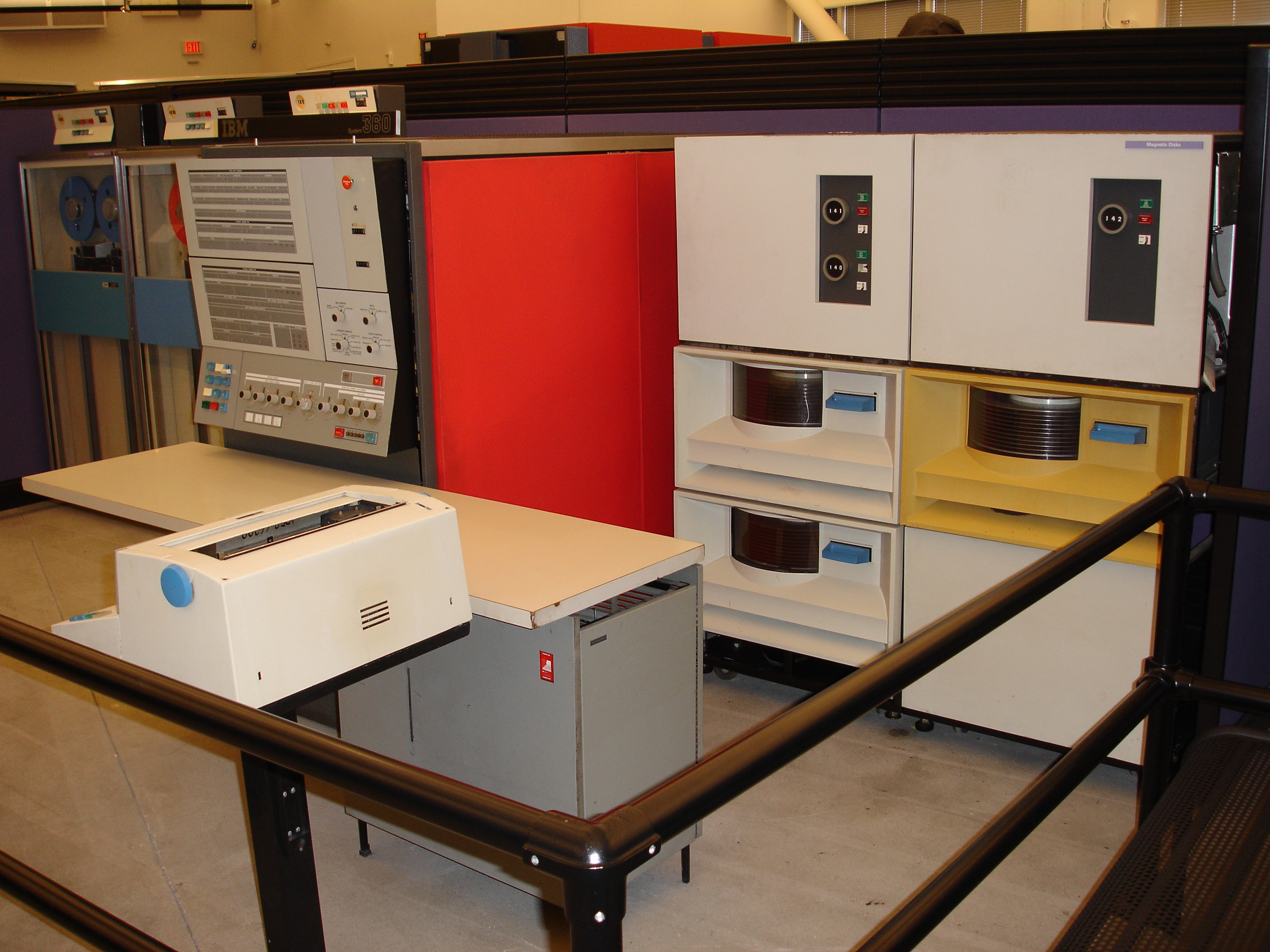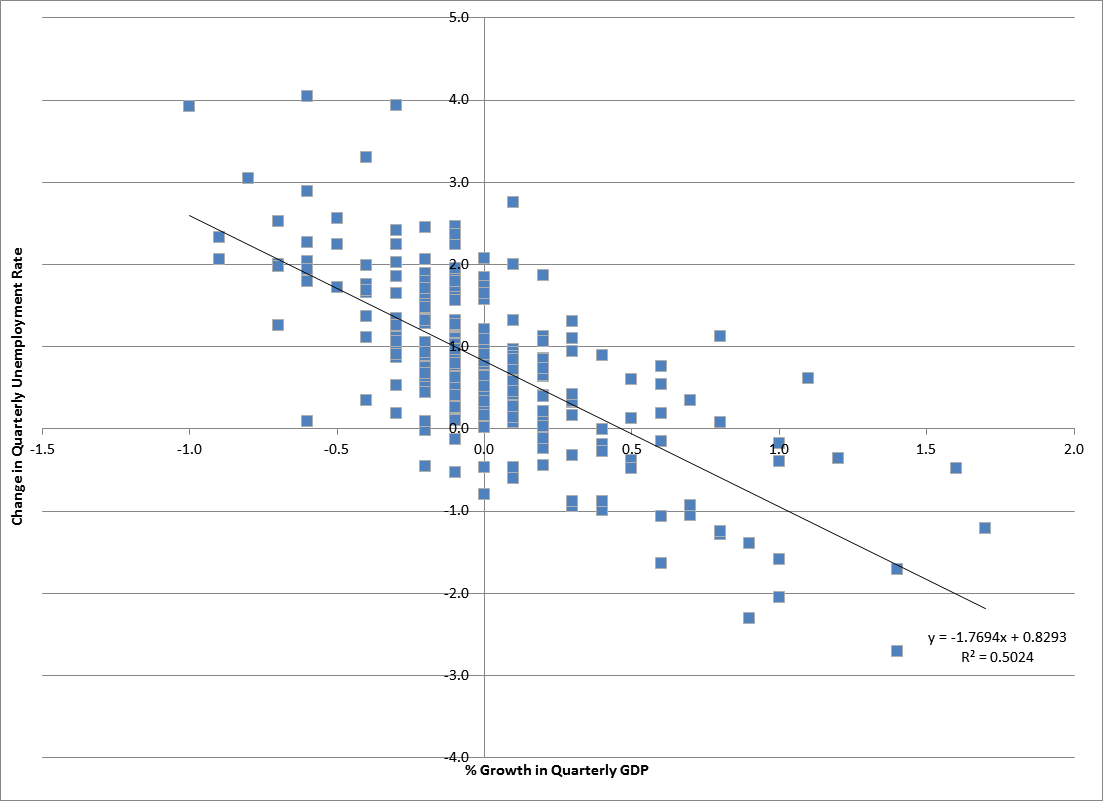|
SAS (software)
SAS (previously "Statistical Analysis System") is a statistical software suite developed by SAS Institute for data management, advanced analytics, multivariate analysis, business intelligence, and predictive analytics. SAS was developed at North Carolina State University from 1966 until 1976, when SAS Institute was incorporated. SAS was further developed in the 1980s and 1990s with the addition of new statistical procedures, additional components and the introduction of JMP. A point-and-click interface was added in version 9 in 2004. A social media analytics product was added in 2010. SAS Viya, a suite of analytics and artificial intelligence software, was introduced in 2016. Technical overview and terminology SAS is a software suite that can mine, alter, manage and retrieve data from a variety of sources and perform statistical analysis on it. SAS provides a graphical point-and-click user interface for non-technical users and more through the SAS language. SAS programs ... [...More Info...] [...Related Items...] OR: [Wikipedia] [Google] [Baidu] |
SAS Institute
SAS Institute (or SAS, pronounced "sass") is an American multinational developer of analytics and artificial intelligence software based in Cary, North Carolina. SAS develops and markets a suite of analytics software ( also called SAS), which helps access, manage, analyze and report on data to aid in decision-making. The company's software is used by most of the Fortune 500. SAS Institute started as a project at North Carolina State University to create a statistical analysis system, in fact SAS originally stood for "Statistical Analysis System", though it is no longer considered an acronym. It was originally used primarily by agricultural departments at universities in the late 1960s. It became an independent, private business led by current CEO James Goodnight and three other project leaders from the university in 1976. SAS is one of the largest privately held software providers in the world, and the company's software is used by most of the Fortune 500. The company's reve ... [...More Info...] [...Related Items...] OR: [Wikipedia] [Google] [Baidu] |
University Statisticians Of The Southern Experiment Stations
The University Statisticians of the Southern Experiment Stations (USSES) was a coalition of southern Universities formed in the mid-1960s for the purpose of coordinating efforts in the development of statistical software. This coalition was largely motivated by introduction of the IBM System/360, which required the reprogramming of all software developed on previous IBM models. North Carolina State University played a leading role within the coalition because they had a larger programming staff and were well funded through a grant from the National Institute of Health.Greenberg, et al. Pages 180-181 See also * Anthony James Barr * Gertrude Mary Cox * James Goodnight * SAS System SAS (previously "Statistical Analysis System") is a statistical software suite developed by SAS Institute for data management, advanced analytics, multivariate analysis, business intelligence, and predictive analytics. SAS was developed at No ... References Statistical organizations in the U ... [...More Info...] [...Related Items...] OR: [Wikipedia] [Google] [Baidu] |
Analysis Of Variance
Analysis of variance (ANOVA) is a family of statistical methods used to compare the Mean, means of two or more groups by analyzing variance. Specifically, ANOVA compares the amount of variation ''between'' the group means to the amount of variation ''within'' each group. If the between-group variation is substantially larger than the within-group variation, it suggests that the group means are likely different. This comparison is done using an F-test. The underlying principle of ANOVA is based on the law of total variance, which states that the total variance in a dataset can be broken down into components attributable to different sources. In the case of ANOVA, these sources are the variation between groups and the variation within groups. ANOVA was developed by the statistician Ronald Fisher. In its simplest form, it provides a statistical test of whether two or more population means are equal, and therefore generalizes the Student's t-test#Independent two-sample t-test, ''t''- ... [...More Info...] [...Related Items...] OR: [Wikipedia] [Google] [Baidu] |
James Goodnight
James Howard Goodnight (born January 6, 1943) is an American billionaire businessman and software developer. He has been the CEO of SAS since 1976, which he co-founded that year with other faculty members of North Carolina State University. As of 2025, his net worth was estimated at US$18.5 billion, according to Bloomberg Billionaires Index and was regarded as the richest person in North Carolina as of April 2023. Early life and career Goodnight was born to Albert Goodnight and Dorothy Patterson in Salisbury, North Carolina, on January 6, 1943. He lived in Greensboro until he was 12, when his family moved to Wilmington. As a kid he worked at his father's hardware store. Goodnight's career with computers began with a Mathematics course at North Carolina State University. One summer he got a job writing software programs for the agricultural economics department. Goodnight was a member of the Beta-Beta chapter of Tau Kappa Epsilon at NC State, and contributed to the constructio ... [...More Info...] [...Related Items...] OR: [Wikipedia] [Google] [Baidu] |
National Institutes Of Health
The National Institutes of Health (NIH) is the primary agency of the United States government responsible for biomedical and public health research. It was founded in 1887 and is part of the United States Department of Health and Human Services (HHS). Many NIH facilities are located in Bethesda, Maryland, and other nearby suburbs of the Washington metropolitan area, with other primary facilities in the Research Triangle Park in North Carolina and smaller satellite facilities located around the United States. The NIH conducts its scientific research through the NIH Intramural Research Program (IRP) and provides significant biomedical research funding to non-NIH research facilities through its Extramural Research Program. , the IRP had 1,200 principal investigators and more than 4,000 postdoctoral fellows in basic, translational, and clinical research, being the largest biomedical research institution in the world, while, as of 2003, the extramural arm provided 28% of biomedical ... [...More Info...] [...Related Items...] OR: [Wikipedia] [Google] [Baidu] |
IBM System/360
The IBM System/360 (S/360) is a family of mainframe computer systems announced by IBM on April 7, 1964, and delivered between 1965 and 1978. System/360 was the first family of computers designed to cover both commercial and scientific applications and a complete range of applications from small to large. The design distinguished between architecture and implementation, allowing IBM to release a suite of compatible designs at different prices. All but the only partially compatible Model 44 and the most expensive systems use microcode to implement the instruction set, featuring 8-bit byte addressing and fixed-point binary, fixed-point decimal and hexadecimal floating-point calculations. The System/360 family introduced IBM's Solid Logic Technology (SLT), which packed more transistors onto a circuit card, allowing more powerful but smaller computers. System/360's chief architect was Gene Amdahl, and the project was managed by Fred Brooks, responsible to Chairman Thomas J. Wat ... [...More Info...] [...Related Items...] OR: [Wikipedia] [Google] [Baidu] |
Anthony James Barr
Anthony James Barr (born September 24, 1940), aka Tony Barr or Jim Barr, is an American programming language designer, software engineer and inventor. He is best known for developing the SAS software suite and for co-founding SAS Institute. SAS software is used for data management, analytics and artificial intelligence. Among his other notable contributions are techniques for automated lumber yield optimization and the Automated Classification of Medical Entities (ACME). Early life and education Barr was born in New York City and raised in Summit, New Jersey, where he graduated from Summit High School in 1958. Growing up, he was inspired by the biographies of Ben Franklin, Marconi, Alexander Graham Bell, Wright Brothers and Sikorsky as well as visits to the Franklin Institute in Philadelphia and the Museum of Natural History in New York City. Barr received a BS in Applied Physics (with honors) at North Carolina State University in 1962, during which time he began an assist ... [...More Info...] [...Related Items...] OR: [Wikipedia] [Google] [Baidu] |
Clinical Trial
Clinical trials are prospective biomedical or behavioral research studies on human subject research, human participants designed to answer specific questions about biomedical or behavioral interventions, including new treatments (such as novel vaccines, pharmaceutical drug, drugs, medical nutrition therapy, dietary choices, dietary supplements, and medical devices) and known interventions that warrant further study and comparison. Clinical trials generate data on dosage, safety and efficacy. They are conducted only after they have received institutional review board, health authority/ethics committee approval in the country where approval of the therapy is sought. These authorities are responsible for vetting the risk/benefit ratio of the trial—their approval does not mean the therapy is 'safe' or effective, only that the trial may be conducted. Depending on product type and development stage, investigators initially enroll volunteers or patients into small Pilot experiment, pi ... [...More Info...] [...Related Items...] OR: [Wikipedia] [Google] [Baidu] |
Time Series Analysis
In mathematics, a time series is a series of data points indexed (or listed or graphed) in time order. Most commonly, a time series is a sequence taken at successive equally spaced points in time. Thus it is a sequence of discrete-time data. Examples of time series are heights of ocean tides, counts of sunspots, and the daily closing value of the Dow Jones Industrial Average. A time series is very frequently plotted via a run chart (which is a temporal line chart). Time series are used in statistics, signal processing, pattern recognition, econometrics, mathematical finance, weather forecasting, earthquake prediction, electroencephalography, control engineering, astronomy, communications engineering, and largely in any domain of applied science and engineering which involves temporal measurements. Time series ''analysis'' comprises methods for analyzing time series data in order to extract meaningful statistics and other characteristics of the data. Time series ''forec ... [...More Info...] [...Related Items...] OR: [Wikipedia] [Google] [Baidu] |
Econometrics
Econometrics is an application of statistical methods to economic data in order to give empirical content to economic relationships. M. Hashem Pesaran (1987). "Econometrics", '' The New Palgrave: A Dictionary of Economics'', v. 2, p. 8 p. 8–22 Reprinted in J. Eatwell ''et al.'', eds. (1990). ''Econometrics: The New Palgrave''p. 1 p. 1–34Abstract ( 2008 revision by J. Geweke, J. Horowitz, and H. P. Pesaran). More precisely, it is "the quantitative analysis of actual economic phenomena based on the concurrent development of theory and observation, related by appropriate methods of inference." An introductory economics textbook describes econometrics as allowing economists "to sift through mountains of data to extract simple relationships." Jan Tinbergen is one of the two founding fathers of econometrics. The other, Ragnar Frisch, also coined the term in the sense in which it is used today. A basic tool for econometrics is the multiple linear regression model. ''Econome ... [...More Info...] [...Related Items...] OR: [Wikipedia] [Google] [Baidu] |







